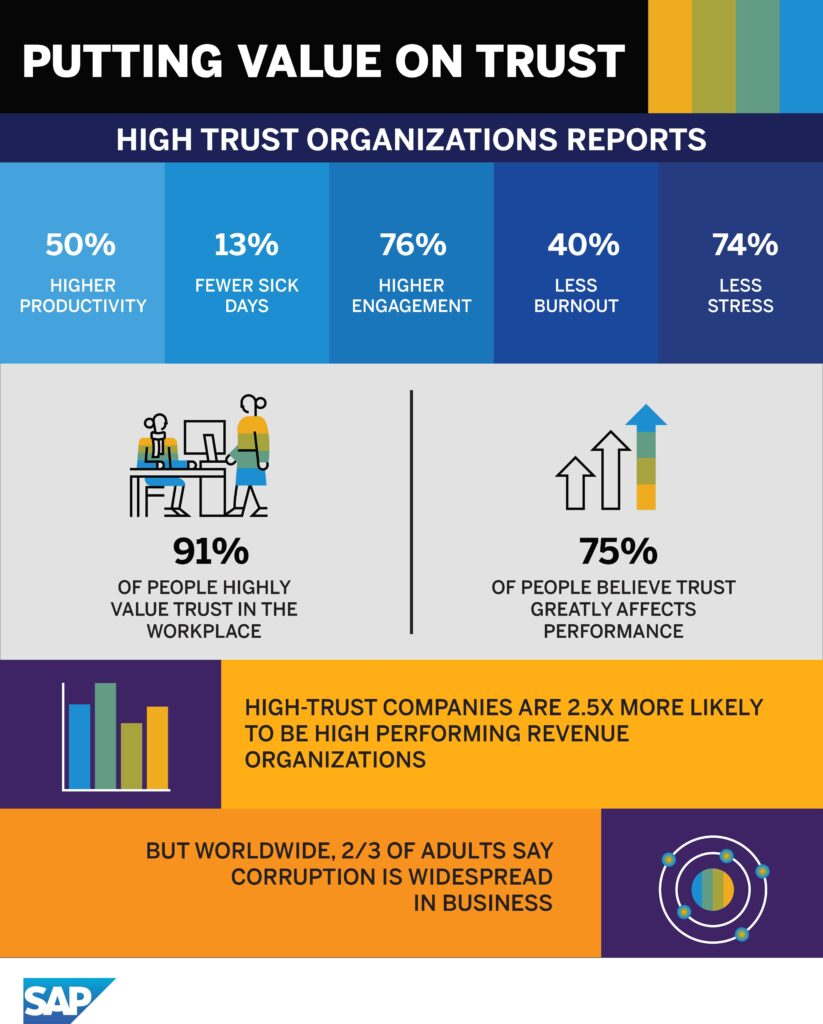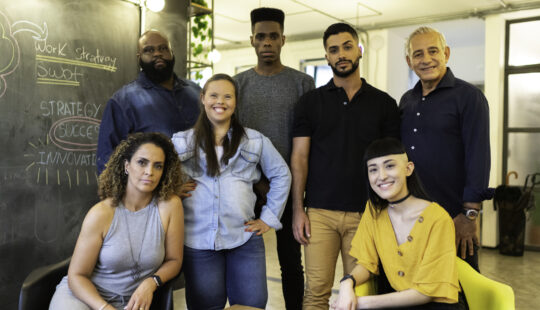Alejandro Castro Ruiz was thrilled to land his first job at a U.S. Fortune 500 company immediately after college. His upward trajectory in corporate America seemed secure. The thought of one day returning to his alma mater Tecnologico de Monterrey never crossed his mind.
But about 15 years later, Tec de Monterrey unexpectedly offered him an unbeatable opportunity: help improve education in his native country of Mexico. Now, five years into this complete career turnabout, Ruiz has so fully embraced his new mission that he is even recruiting other candidates to join him as university faculty: “I know I made the right decision, and I’ve been inviting other people to come.”
Ruiz’s decision to return to Tec de Monterrey validated the university’s strategy of attracting top talent and industry experts to teach students while keeping current employees happy.
What Is Tec de Monterrey’s Secret?
Underpinning this strategy was a decision to actively listen to employees and foster their trust. For the past several years, university leaders have been nurturing a culture of trust in order to encourage talented people like Ruiz to work and stay there.
Instead of words and slogans, Tec de Monterrey took action to show employees that they are trusted to focus on their goals and manage their own time. The university provides a lactation center, employee meditation area, and even nap rooms.
“We’re telling our employees ‘We trust you, your supervisor is not the owner of your time,’” says Hernán García González, vice president of Employee Experience at Tec de Monterrey. “We’ve been able to create an inspiring, respectful, and safe work environment where people feel they can grow personally and professionally.”
González’s theory is that happier employees are better rested, more energized in the classrooms, and provide a great educational experience for the university’s customers — 149,000 students. “We want professors to feel positive and enthusiastic about working at Tec de Monterrey so that they can pass on their love for learning to students.”
How Did Tec de Monterrey Get There?
Like many corporations, privately owned Tec de Monterrey monitors employee health with annual surveys, asking many of the expected questions about leadership effectiveness and job satisfaction. But the university’s survey also devotes entire sections to “Humanistic Outlook” and “Values Index.” Among the questions asked:
- Do employees feel joyful at work?
- Do they feel their work helps solves the country’s problems and benefits less privileged communities?
- Does compensation adequately reward outstanding job performance?
When employees responded that they deserved better compensation, the university says it responded by providing more than 2.7 billion pesos, or more than US$140 million, in additional employee compensation.
This type of action has had a positive impact. Overall, the latest anonymous survey, administered by experience management leader Qualtrics, showed that 91 percent of Tec de Monterrey employees are proud to work there. According to administrators, survey results in recent years have shown significant improvements in attitudes toward change management, diversity, and work/life balance.
How Hard Was It?
But researching, redefining, and creating a positive work culture was no easy feat, according to González. Empowering and trusting some employees proved threatening to others. “Some managers didn’t like that they were losing control,” he explains, noting that he felt “a lot of pressure.”
González recalls the problems faced when he arrived on campus six years ago — each of the university’s 55 different campuses had implemented its own unique hierarchy, systems, and processes. The many disparate systems prevented the 32,000 university employees from easily communicating with each other and learning about career-growth opportunities.
“With such a wide range of systems in place, it was very tricky to get even very basic information about the organization, such as employee headcount and demographics,” he explains. “Not only did this hinder strategic decision making, it also meant that each campus existed in its own bubble. We wanted to introduce a standard system across all campuses, helping to establish a single, unified workplace culture.”
One of González’s first decisions was to implement SAP SuccessFactors software. “It covers everything from core HR functions to workforce analytics – everything you could possibly need. This was a really important deciding factor – we didn’t want to install lots of different systems that we’d have to integrate and then manage and upgrade separately. We wanted a one-stop shop for everything HR.”
Does the Impact Last?
Now, about six years into this journey, campuses no longer operate in isolation and faculty can more easily find each other and collaborate on projects. With better compensation, career opportunities, and cultural perks in place, González proudly shares metrics showing employee engagement and performance at all-time high levels: “Feedback from senior management and leadership has been great.”
Meanwhile, Ruiz says he definitely feels that those survey results create a lasting impact. “I’ve seen a lot of positive cultural changes in the last five years.” And that helps motivate him to model González’s successes to nurture a culture of trust on his own Employee Services team.
“We want the employee to feel that we trust them. I’m going to remove myself from the equation because I trust you. Since I trust you, I’m going to empower you.”
This article first appeared on the SAP News Center.



